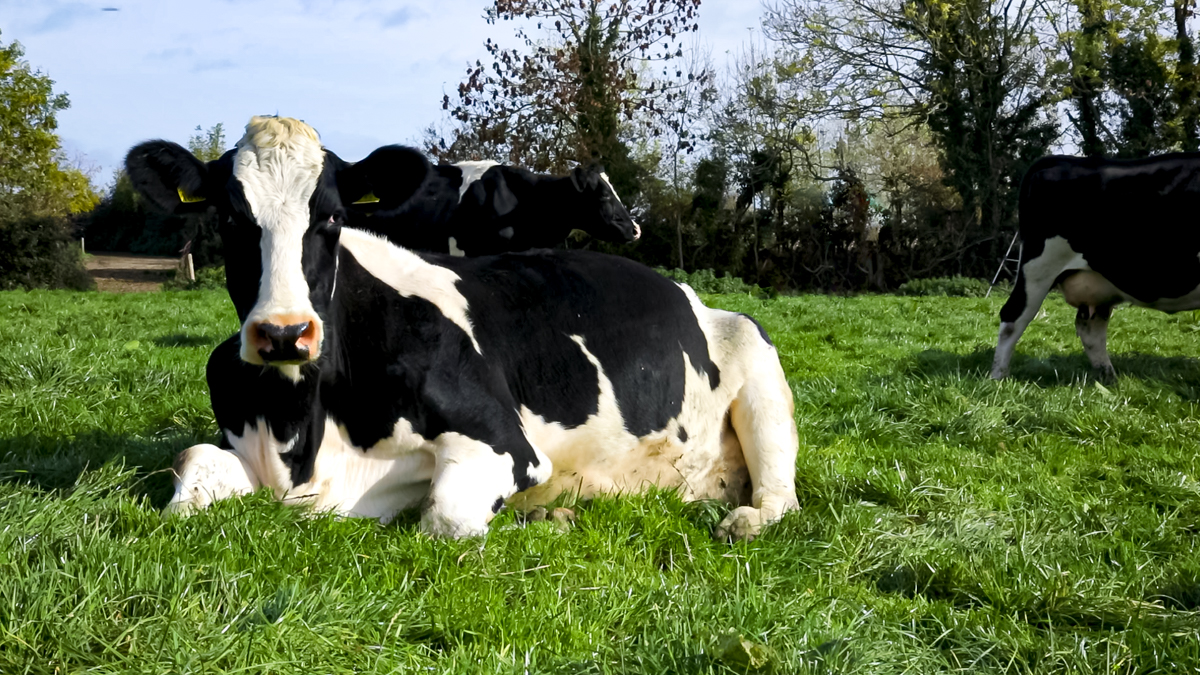New research on the attitudes of people working in the Irish dairy sector has shown that being an intensive grass producer is part of what it means to be a ‘good farmer’.
Findings of the ‘Cows eat grass, don’t they?’ project, funded by the British Academy and the UK Centre of Expertise on Animal Disease Outbreaks (EPIC), shine a light on the perspectives of those working in the industry on environmental and social aspects of dairy farming in Ireland, through a survey and interviews with farmers and key stakeholders.
A survey of 396 dairy farmers showed that 73% of them agreed or strongly agreed that the low-cost grass-based system was the best option for Irish farmers, as opposed to increasing yields through feeding more concentrate.
The success of the grass-based system was based on concerted advisory, industry and government support that helped create a common definition of a ‘good farmer’ as someone who has grass management skills and produces high volumes of grass.
This definition of a ‘good farmer’ included intensive production that aims to maximise grass yields using fertiliser inputs, which the researchers said may conflict with current industry and government goals to lower the environmental footprint of the dairy sector.
What do these findings mean?
Lead researcher Dr. Orla Shortall, based at the James Hutton Institute in Scotland, said:
“Research has long found that producing as much as you can from the land is a sign of ‘good farming’.
“Producing a lot is a way to demonstrate skill to other farmers, fulfil a duty to produce food and hopefully make money.
“In Ireland different bodies in the dairy industry have done an amazing job steering farmers towards focusing on grass, and away from milk yields through concentrate feed, which is the system that exists in lots of other countries.
“In my research I found that knowing how to manage your grass well, and produce lots of grass was part of what it meant to be a ‘good dairy farmer’ in Ireland.
“But the problems come because producing lots of grass in the current system means using lots of fertiliser and increasing your cow numbers, which could conflict with industry and government goals to make the dairy sector more environmentally sustainable.”
Environmental concerns for the dairy sector
Dr. Shortall said the farmers she spoke to were worried about what was going to happen in relation to the environment, as they were told by the government to expand post-quotas, but now they feel vilified and blamed for following the advice they received.
She added:
“Farmers I spoke to felt a connection to the natural world around them, enjoyed working outside and some took pride in their role as stewards of the land.
“The farmers’ own knowledge, experience and goals could be combined with research and policy objectives to define what ‘good farming’ should look like in a sustainable dairy sector.
“If increasing production isn’t going to be viable in the future for environmental reasons, then farmers need another way to make money, like higher value supply chains or money for environmental service.
“The current model is based on staying in business through continually expanding,” Dr. Shortall concluded.
